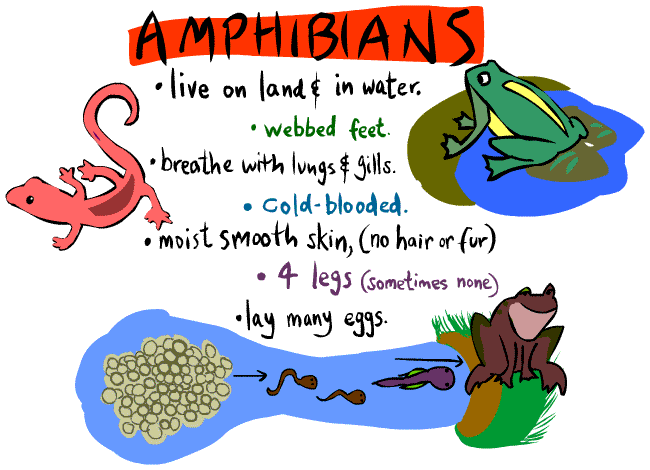It's a period of geological time scale from the late Jurassic period,about 146 million years to the early Paleocene period, about 65,5 billion years ago.

The Cretaceous is usually noted for being the last portion of the "Age of Dinosaurs", but that does not mean that new kinds of dinosaurs did not appear then. It is during the Cretaceous that the first ceratopsian and pachycepalosaurid dinosaurs appeared. Also during this time, we find the first fossils of many insect groups, modern mammal and bird groups, and the first flowering plants.
The breakup of the world-continent Pangea, which began to disperse during the Jurassic, continued. This led to increased regional differences in floras and faunas between the northern and southern continents.
The end of the Cretaceous brought the end of many previously successful and diverse groups of organisms, such as non-avian dinosaurs and ammonites. This laid open the stage for those groups which had previously taken secondary roles to come to the forefront. The Cretaceous was thus the time in which life as it now exists on Earth came together.







